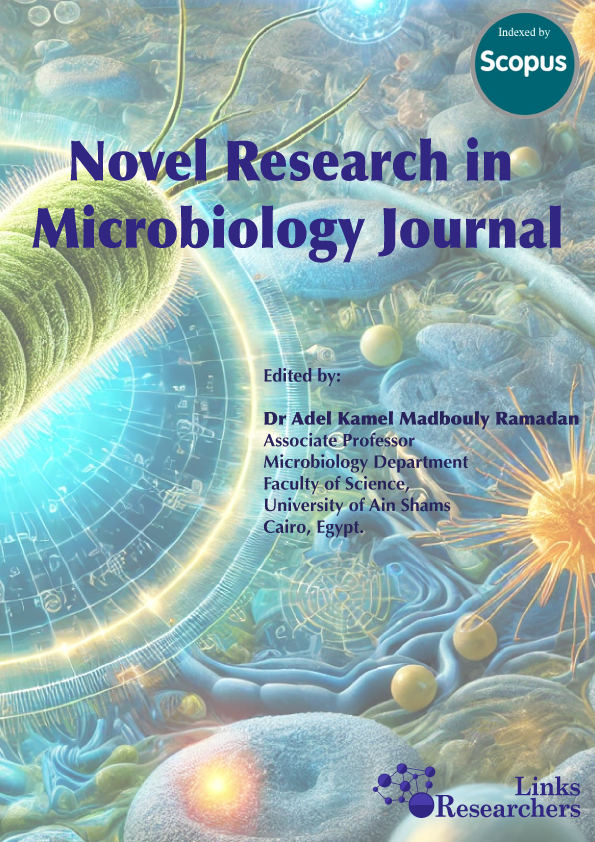Vulvovaginal Candidiasis (VVC) is a significant public health concern, and current article
focuses primarily on understanding this infection's molecular processes. The hosts defence
mechanisms and their dysregulation, such as the innate immune response and the genetic
susceptibility factors, play a crucial role in determining the susceptibility to VVC. Candidahost
interactions in the vaginal environment, including the adhesion mechanisms and the tissue
invasion, have been extensively investigated, revealing the intricate strategies employed by
Candida spp. to colonize and persist in the human host. Moreover, the virulence factors
secreted by Candida spp., such as the hydrolytic enzymes and toxins, contribute to the tissue
damage and modulation of the immune response, aiding in Candida spp. survival and evasion
of the host defences. The formation of Candida biofilms and the complex structures, which are
composed of fungal cells encased in an extracellular matrix, has emerged as an essential aspect
of VVC pathogenesis. Biofilms confer Candida spp. enhanced resistance to the antifungal
agents, leading to treatment challenges and recurrent infections. Advancements in the various
diagnostic techniques have also played a pivotal role in VVC research. Molecular diagnostics,
next-generation sequencing, and proteomic approaches offer improved accuracy and rapid
identification of Candida spp., enabling precise diagnosis and personalized treatment
strategies. Such techniques are significant for developing novel therapeutic targets, including
disrupting the adhesion mechanisms, inhibiting the virulence factor production, and targeting
biofilm formation. These advances hold promise for developing more effective preventive
strategies, therapeutic interventions, and improved diagnostic tools. Overall, this review article aimed to discuss the recent research that provides valuable insights into the infection
mechanisms driving the vulvovaginal Candidiasis and their diagnosis, ultimately improving
the quality of life for the women affected by this disease.





